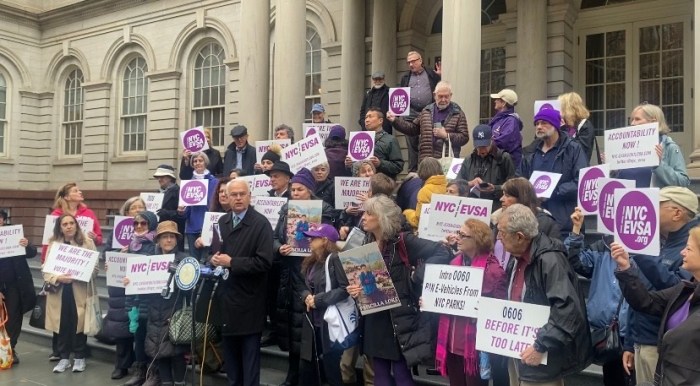By Bill Parry
Minors will no longer be allowed to use indoor tanning beds if the U.S. Food and Drug Administration gets its way. The FDA released proposed rules Dec. 18 warning that indoor tanning is a known contributor to skin cancer, including melanoma, its most deadly form, and other skin damage.
“Today’s action is intended to help protect young people from a known and preventable cause of skin cancer and other harms,” Acting FDA Commissioner Dr. Seven Ostroff said. “Individuals under 18 years are at greatest risk of the adverse health consequences of indoor tanning.”
According to the American Academy of Dermatology, those who have been exposed to radiation from indoor tanning are 59 percent more likely to develop melanoma than those who have never tanned indoors. Yet, 1.6 million minors use indoor tanning every year based on data in the 2013 National Youth Risk Behavior Survey.
“I’ve long called tanning beds ‘cancer coffins’, because we know their direct link to higher rates of skin cancer and deadly melanoma,” U.S. Rep. Carolyn Maloney (D-Astoria) said. “This proposal is a long-overdue step to keep young people safe from these dangerous devices.”
Maloney, the co-founder and co-chair of the Congressional Skin Cancer Caucus, called on the FDA in 2014 to ban tanning beds for minors and led the fight in Congress to reclassify tanning beds as Class II medical devices.
“I first investigated tanning beds because too many young women came to me when they were diagnosed with melanoma in the early 20s and 30s after regular trips to the tanning salon in their teens,” Maloney said. “It became clear to me that skin cancer had gone from a disease predominantly found in older men to one that affected a growing number of young women.”
According to the Centers for Disease Control, 20.2 percent of female high school students used tanning devices in 2013. Partially because of increased UV exposure due to indoor tanning, skin cancers are now the second most-common form of cancer for young women age 15 to 29.
The FDA is also proposing restrictions on the use of sun lamp products, including tanning beds, to people 18 and older. Adult users would have to sign a risk acknowledgment certification that states they have been informed of the risks to health that may result from use of sunlamp products.
Sunlamp manufacturers and tanning facilities would have to take additional measures to improve the overall safety of the devices such as making warnings easier to read, requiring an emergency shut-off switch and improving protective eye wear. According to the Centers for Disease Control and Prevention, an average of more than 3,000 emergency room visits occur for injuries related to indoor tanning each year in the U.S.
“The FDA understands that some adults may decide to use sunlamp products,” Ostroff said. “These proposed rules are meant to help adults make their decisions based on truthful information and to ensure manufacturers and tanning facilities take additional steps to improve the safety of these devices.”
Reach reporter Bill Parry by e-mail at bparr



































